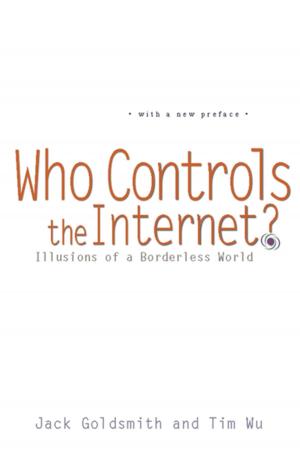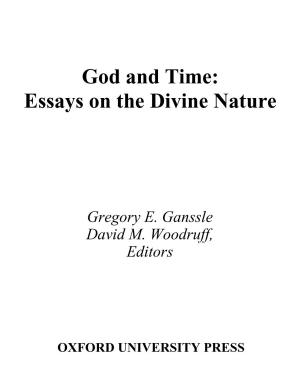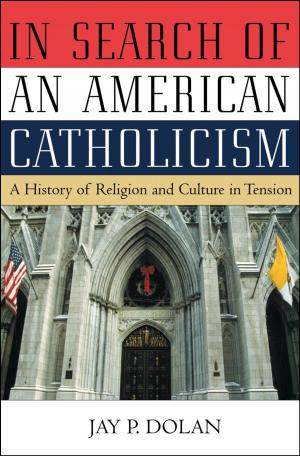Jōkei and Buddhist Devotion in Early Medieval Japan
Nonfiction, Religion & Spirituality, Eastern Religions, Buddhism| Author: | James L. Ford | ISBN: | 9780190293277 |
| Publisher: | Oxford University Press | Publication: | August 24, 2006 |
| Imprint: | Oxford University Press | Language: | English |
| Author: | James L. Ford |
| ISBN: | 9780190293277 |
| Publisher: | Oxford University Press |
| Publication: | August 24, 2006 |
| Imprint: | Oxford University Press |
| Language: | English |
This is the first book-length study in any language of Jō kei (1155-1213), a prominent Buddhist cleric of the Hossō (Yog=ac=ara) school, whose life bridged the momentous transition from Heian (794-1185) to Kamakura (1185-1333) Japan. "Kamakura Buddhism" has drawn notable scholarly attention, largely because it marks the emergence of new schools-Pure Land, Nichiren, and Zen-that came to dominate the Buddhist landscape of Japan. Although Jōkei is invariably cited as one of the leading representatives of established Buddhism during the Kamakura period, he has been seriously neglected by Western scholars. In this book, James L. Ford aims to shed light on this pivotal and long-overlooked figure. Ford argues convincingly that Jōkei is an ideal personage through which to peer anew into the socio-religious dynamics of early medieval Japan. Indeed, Jōkei is uniquely linked to a number of decisive trends and issues of dispute including: the conflict between the established schools and Hōnen's exclusive nenbutsu movement; the precept-revival movement; doctrinal reform efforts; the proliferation of prominent "reclusive monks" (tonseisō); the escalation of fundraising (kanjin) campaigns and popular propagation; and the conspicuous revival of devotion toward 'Sákyamuni and Maitreya. Jōkei represents a paradigm within established Buddhism that recognized the necessity of accessing other powers through esoteric practices, ritual performances, and objects of devotion. While Jōkei is best known as a leading critic of Hōnen's exclusive nenbutsu movement and a conservative defender of normative Buddhist principles, he was also a progressive reformer in his own right. Far from defending the status quo, Jōkei envisioned a more accessible, harmonious, and monastically upright form of Buddhism. Through a detailed examination of Jōkei's extensive writings and activities, Ford challenges many received interpretations of Jōkei's legacy and the transformation of Buddhism in early medieval Japan. This book fills a significant lacuna in Buddhist scholarship
This is the first book-length study in any language of Jō kei (1155-1213), a prominent Buddhist cleric of the Hossō (Yog=ac=ara) school, whose life bridged the momentous transition from Heian (794-1185) to Kamakura (1185-1333) Japan. "Kamakura Buddhism" has drawn notable scholarly attention, largely because it marks the emergence of new schools-Pure Land, Nichiren, and Zen-that came to dominate the Buddhist landscape of Japan. Although Jōkei is invariably cited as one of the leading representatives of established Buddhism during the Kamakura period, he has been seriously neglected by Western scholars. In this book, James L. Ford aims to shed light on this pivotal and long-overlooked figure. Ford argues convincingly that Jōkei is an ideal personage through which to peer anew into the socio-religious dynamics of early medieval Japan. Indeed, Jōkei is uniquely linked to a number of decisive trends and issues of dispute including: the conflict between the established schools and Hōnen's exclusive nenbutsu movement; the precept-revival movement; doctrinal reform efforts; the proliferation of prominent "reclusive monks" (tonseisō); the escalation of fundraising (kanjin) campaigns and popular propagation; and the conspicuous revival of devotion toward 'Sákyamuni and Maitreya. Jōkei represents a paradigm within established Buddhism that recognized the necessity of accessing other powers through esoteric practices, ritual performances, and objects of devotion. While Jōkei is best known as a leading critic of Hōnen's exclusive nenbutsu movement and a conservative defender of normative Buddhist principles, he was also a progressive reformer in his own right. Far from defending the status quo, Jōkei envisioned a more accessible, harmonious, and monastically upright form of Buddhism. Through a detailed examination of Jōkei's extensive writings and activities, Ford challenges many received interpretations of Jōkei's legacy and the transformation of Buddhism in early medieval Japan. This book fills a significant lacuna in Buddhist scholarship















